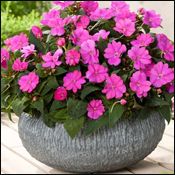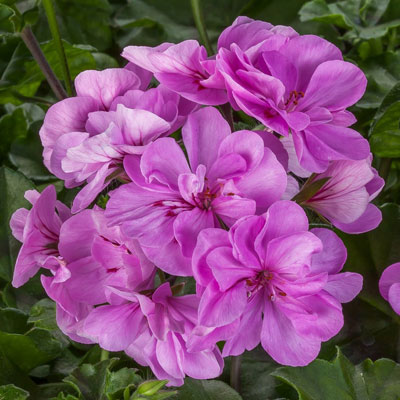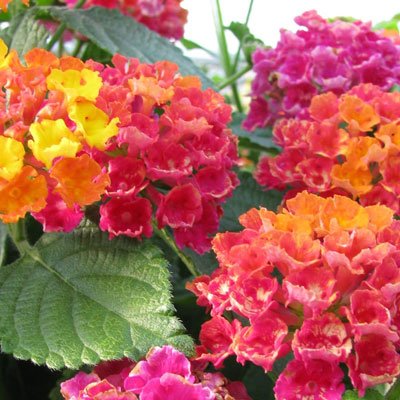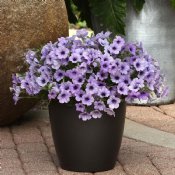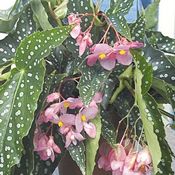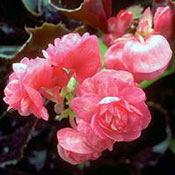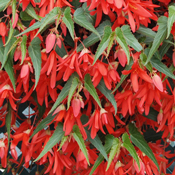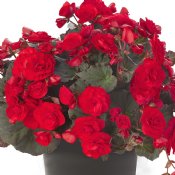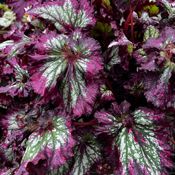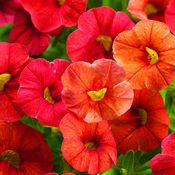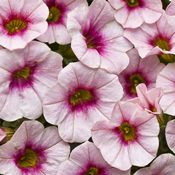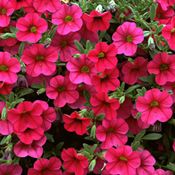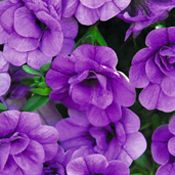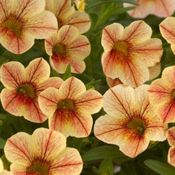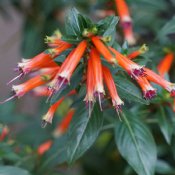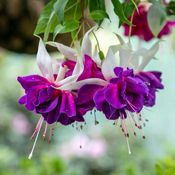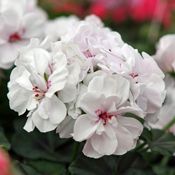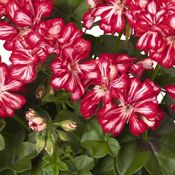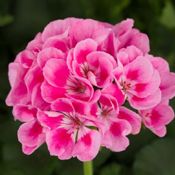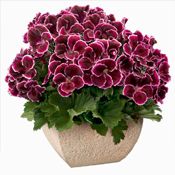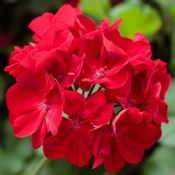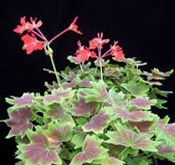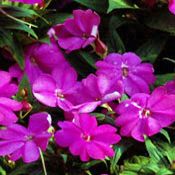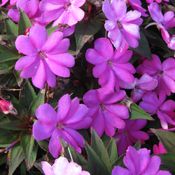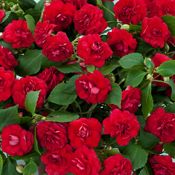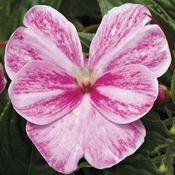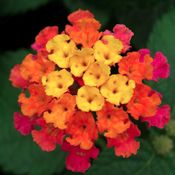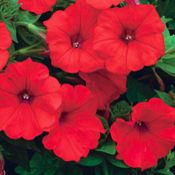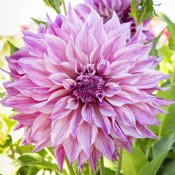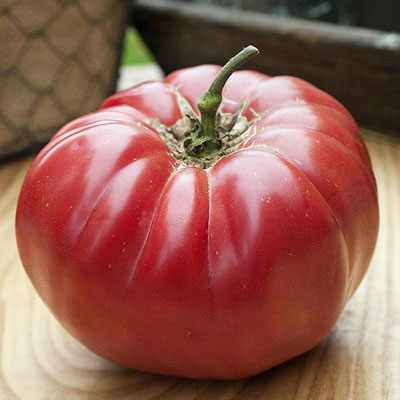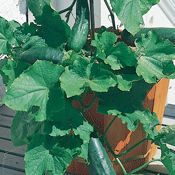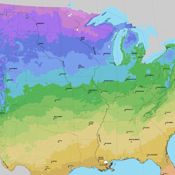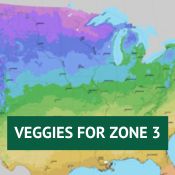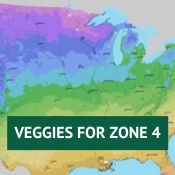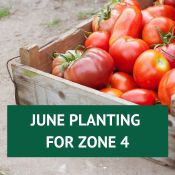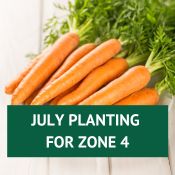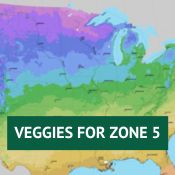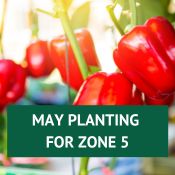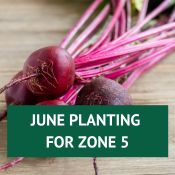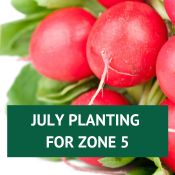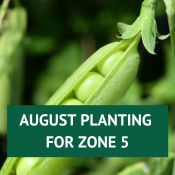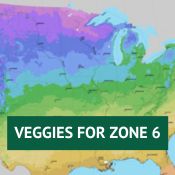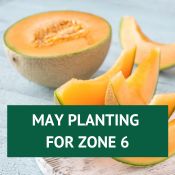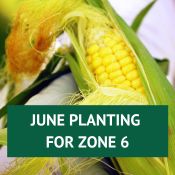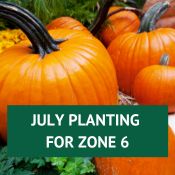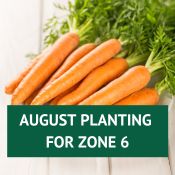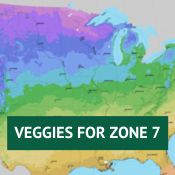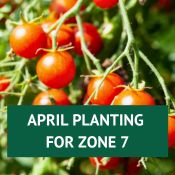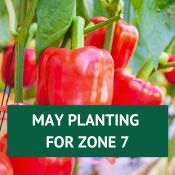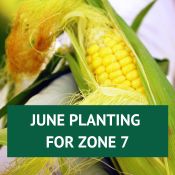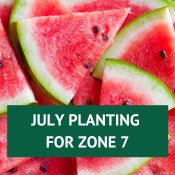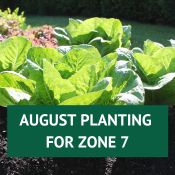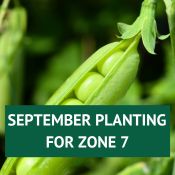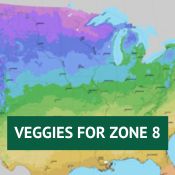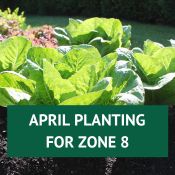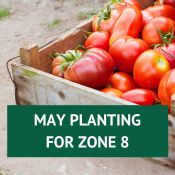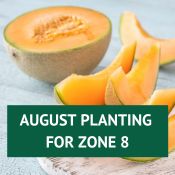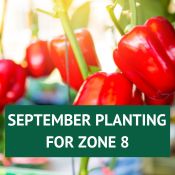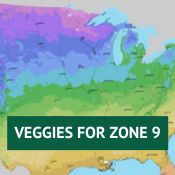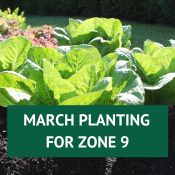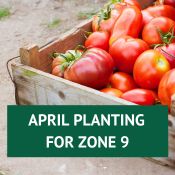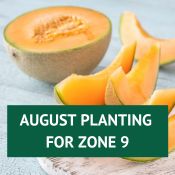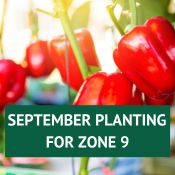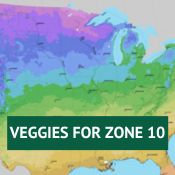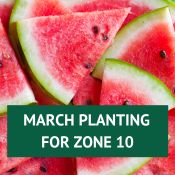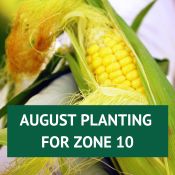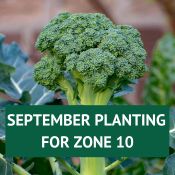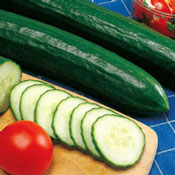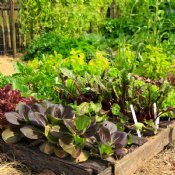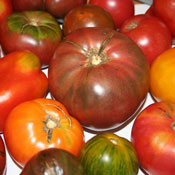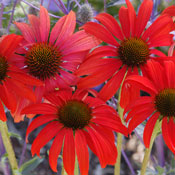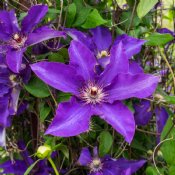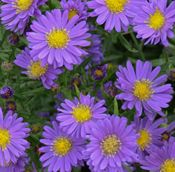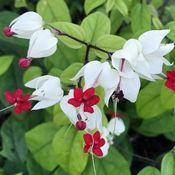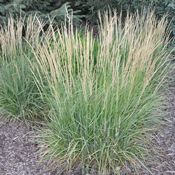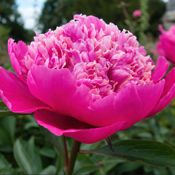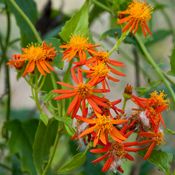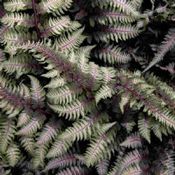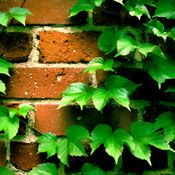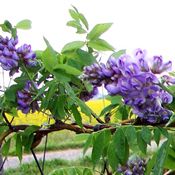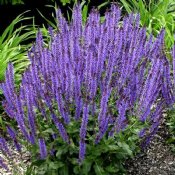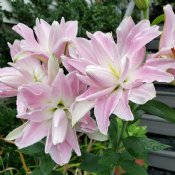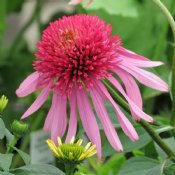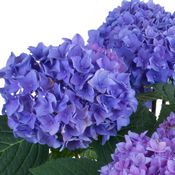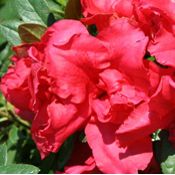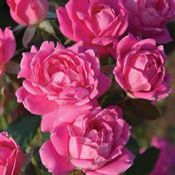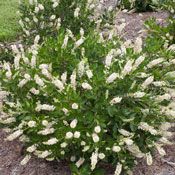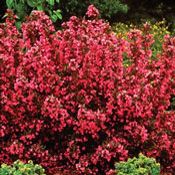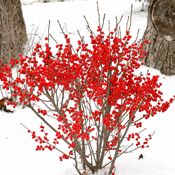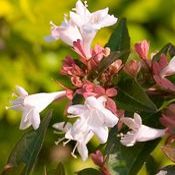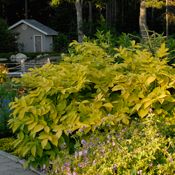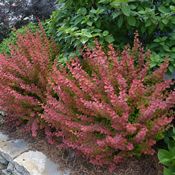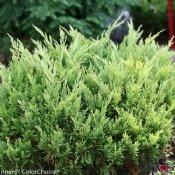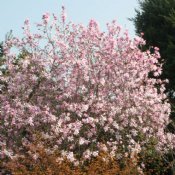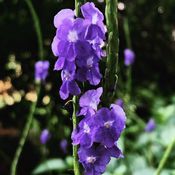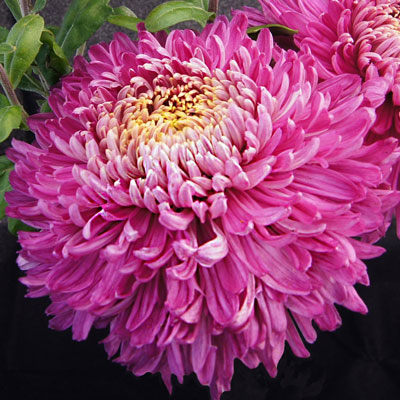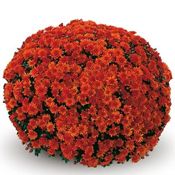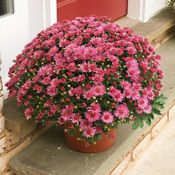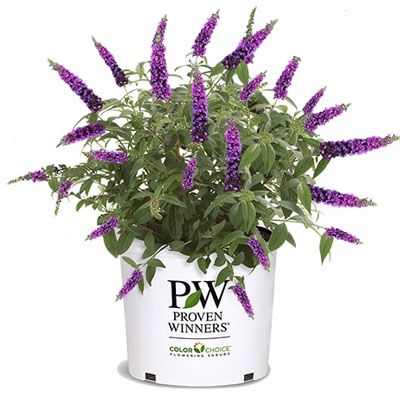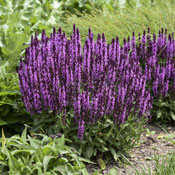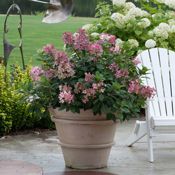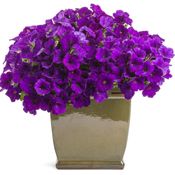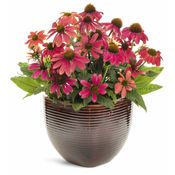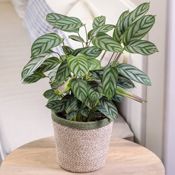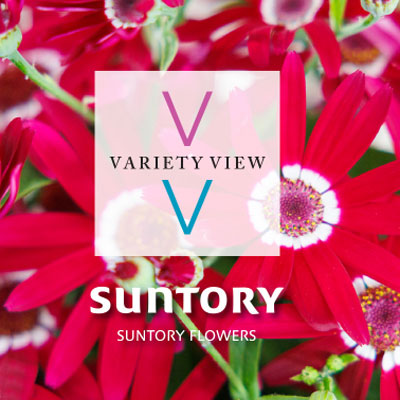All Mum Plants are 25% Off Today!
Glossary
Gardening Terms Explained: A Guide to Gardening Vocabulary
Soil Moisture Terms
- Moist - Soil that will form a ball when pressed together yet still breaks apart easily. Will not be sticky.
- Dry - Soil that is loose and flows through fingers, or easily crumbles into a powdery condition, doesn't hold together well.
- Wet - Soil that is fully saturated with water, leaving no room for air. It will stick together when rolled.
- Well-Drained - Soil that is able to drain excess water quickly and easily, which means the water should be able to easily penetrate the soil and reach the plant roots.
Sunlight Exposure Terms
- Full Sun - A spot that receives at least six hours of direct sunlight per day. A full sun area is a spot that gets lots of direct sunlight for most of the day. The exact amount of sunlight it gets can change based on where it is and what season it is, though. It's important to water plants in full sun regularly so they don't dry out.
- Part Sun - A spot that receives between four to six hours of direct sunlight per day, with afternoon sun.
- Part Shade - A spot that receives between two to four hours of direct sunlight per day.
- Full Shade - A spot that receives less than two hours of direct sunlight per day.
- Direct Morning Sun - Direct Morning Sun is sunlight that comes from the east and shines directly on a spot in the morning. It's usually considered the best because it gives plants light and warmth without being too strong, and is less likely to harm plants compared to midday or afternoon sunlight.
Plant Growth Habit Terms
- Mounded - Plants with a mounded growth habit are known for their thick, upright stems that gradually spread outward and upward. This type of growth pattern often creates clumps or mounds of foliage, making these plants a popular choice for landscape design. In addition to their attractive appearance, plants with mounded growth also tend to produce more flowers than other types of plants, making them a valuable addition to any garden.
- Upright - Upright plants are a type of plant that have a growth habit that grows straight up, with little to no outward or lateral branching. This type of growth habit often produces a columnar shape and is popular in formal gardens. Upright plants are often used as accent plants or as a backdrop for other plants, adding structure and visual interest to a garden.
- Spreading - Spreading plants are a type of plant that have a growth habit that spreads outward and downward, rather than growing straight up. These plants are often used as low-growing ground covers or for erosion control, as they can quickly cover large areas with their spreading growth. Spreading plants are well-suited for use in gardens where a more natural, unstructured look is desired.
- Climbing - Climbing plants use shoots, leaves, and leaf-stalks to wrap around supports like stems, wires, poles, and pillars in order to support their growth. These specialized shoots allow the plant to attach itself to the support naturally, although the plant may still need some guidance in terms of the direction of growth. They are often used as focal points in gardens, as their climbing growth draws the eye upwards and adds visual interest.
- Vining - Vining plants do not have specialized structures for climbing. Instead, they rely on their long shoots to drape and rest on the structure they are climbing. With enough growth, these plants can eventually climb a suitable support with minimal input from the gardener. Vining plants are often used as a backdrop for other plants and to cover chain link fences or walls, adding visual interest and a sense of lushness to a garden.
- Semi-Trailing - Semi-trailing plants are a type of plant that have a shorter, more controlled trailing growth habit. These plants typically produce stems that can reach up to 2 feet in length, making them well-suited for use in container gardens and other small spaces. They are often used as accents in gardens or to add a cascading effect to hanging baskets and window boxes.
- Trailing - Trailing plants are a type of plant that have a long, tendril-like growth habit, producing stems that can reach up to 4 feet in length. This type of growth habit is popular in hanging baskets and window boxes, as it adds a cascading effect to a container garden, and can be used as accent plants or to cover trellises and other structures, adding visual interest and color to a garden.
- Sprawling - Sprawling plants have a growth habit that stays low and sticks to a spreading form, rather than a upright or vertical form. This type of growth habit is common in ground cover plants, and plants that are used for trailing in hanging baskets.
Soil Type Terms
- Clay - Clay soil has a high ratio of small clay particles compared to the number of sand or silt particles. It known for its ability to retain water, meaning plants need to be watered less frequently than in other soil types, and it hold more nutrients. However, it can become so waterlogged that they deprive plant roots of oxygen, or so dry that they become too hard to dig in. To make your soil less clayey, you can try several different methods. One, add organic matter, such as compost, manure, sawdust, grass clippings, and leaves, that can help improve drainage. Second, aeration of the soil can also help to reduce clay, as can applying gypsum to help break up clay particles. Finally, adding sand to your soil can help to improve the structure and reduce clay particles.
- Silt - Silt is a sediment material with an intermediate size between sand and clay.
- Loam - Loam soil is generally the type of soil that gardeners love. It contains a balance of all three soil materials— sand, silt and clay
- Sandy - Sandy soil is often low in nutrients and can dry out quickly, so plants need to be watered more frequently than in other soil types. To make your soil less sandy, you can try several different strategies. add organic matter, such as compost, manure, sawdust, grass clippings, and leaves, that can help to improve water retention and prevent nutrients from leaching out. Two, apply mulch, which can also help to retain water and add nutrients to the soil. Finally, adding clay to your soil can help balance the soil composition and improve drainage.
- Salty - Salty soil is soil that contains high levels of salt and tends to retain water, making it inhospitable to most plants. To make your soil less salty, you can try several different things. One, remove the salt-laden topsoil and replace it with fresh, non-salty soil, which can help reduce salt levels as well as improving drainage. Second, add organic matter to your soil that can help absorb excess salt. Third, add gypsum to your soil, which can help to replace sodium with calcium and is less damaging for plants. Finally, irrigating with fresh, non-saline water can help to reduce salt levels in the soil.
Plant Type Terms
- Heirloom - A heirloom plant has been saved and passed down for generations without any changes to their characteristics. Heirloom plants are open-pollinated, meaning they can be saved and replanted year after year without losing their genetic identity or heirloom characteristics. These characteristics can include physical traits, such as color and size, and flavor, which often times heirlooms are prized for as flavor can be lost in modern hybrid varieties.
- Hybrid - A hybrid plant is a plant that has created by crossing two different varieties of the same species. These plants are usually sterile, meaning they cannot readily produce viable seeds and must be propagated from cuttings or divisions. Hybrid plants often exhibit characteristics from both parent plants, giving them traits that are desirable to gardeners, such as increased disease resistance or other unique characteristics.
- Open-Pollinated - An open-pollinated plant is one that is pollinated naturally by wind, insects, and other animals. They are capable of producing viable seeds, meaning they can be saved and replanted year after year without losing their genetic identity or other characteristics. Open-pollinated plants are commonly used in organic gardening, as they do not require any outside intervention to reproduce.
- Evergreen - An evergreen plant retains its leaves throughout the year, rather than shedding them seasonally like other plants. They are typically found in climates with mild winters and are adapted to retain their foliage and continue producing energy for themselves even during cold or dry seasons, providing year-round color and interest in the garden, while also being an important source of food and shelter for wildlife. Examples of evergreen plants include conifers, such as pine and fir trees, as well as other species of trees, shrubs, and groundcovers.
- Bare Root - A bare root is a plant sold without soil around its roots, typically during the dormant season. They should be wrapped in damp material for transport and should be planted as soon as possible after purchase to prevent the roots from drying out. If properly cared for, bare roots will establish themselves quickly.
- Bulb - A bulb is an underground storage organ used for plant propagation, containing all the nutrients and energy required to produce a new plant. They are sold as dormant, dry structures that are planted in soil to grow into mature plants and are popular for their ease of planting and reliable growth. With proper care, bulbs can produce beautiful blooms year after year.
Production Time Terms
- Short Season (Determinate) - A short season plant refers to a plant that grows to a predetermined size, stops growing, and produces all of its fruit over a 2-4 week period. Short season, or determinate, plants usually require less pruning and upkeep, and ripen uniformly and quickly, which makes them ideal for preserving and canning.
- Long Season (Indeterminate) - A long season plant refers to a type of plant that will continue to grow and produce new growth and branches all season long, until it is killed by frost or other means. Long season, or indeterminate, plants require more upkeep, staking, and pruning, but will produce multiple crops of fruits throughout the season. An indeterminate plants fruits ripen at different times, allowing for staggered harvests over an extended period, which make them ideal for large gardens and field production.
Gardening Season Terms
- Early Spring - The months of March and April, and sometimes February in warmer areas, are considered to be early spring in gardening. This is a good time for gardeners to prepare the soil for planting, plant cole crops, such as broccoli, kale, and brussels sprouts, spend time pruning shrubs and trees, and generally cleaning up the garden for spring.
- Mid Spring - The months of April and May, and sometimes March in warmer areas, are considered to be mid-spring in gardening. This is a good time for gardeners to prepare the final few things before the gardening season is in full swing and begin planting warm-season vegetables, like tomatoes, peppers, and squash.
- Late Spring - The months of April, May and sometimes June are considered to be late spring in gardening. This is a good time for gardeners to continue planting warm-weather vegetables, like corn, squash, and cucumbers, and to begin planting summer-blooming flowers, such zinnias and cosmos. This is also a good time to prune overgrown plants and mulch your flower beds.
- Early Summer - The months of June and July are considered to be early summer in gardening. This is a good time for gardeners to enjoy some of their earlier planted flowers, while spending time watering and fertilizing their plants as they grow and controlling weeds and pests.
- Mid Summer - The months of July and August are considered to be early summer in gardening. This is a good time for gardeners tend to their existing plants and gardens and also begin harvesting their early season vegetables, while also beginning to plant their fall vegetable gardens.
- Late Summer - The months of August and September are considered to be late summer in gardening. This is a good time for gardeners to continue harvesting their vegetables (while enjoying the tastes as well) and to begin planting late summer-blooming flowers. This is also a great time to begin preparing for fall by planting bulbs and perennials, so they can establish before the cold of winter.
- Fall - The months of September, October, and November are considered to be fall in gardening. This is a good time for gardeners to harvest their last vegetables from the garden, continue planting fall bulbs for spring blooms, and to begin cleaning their gardens from the growing season.

